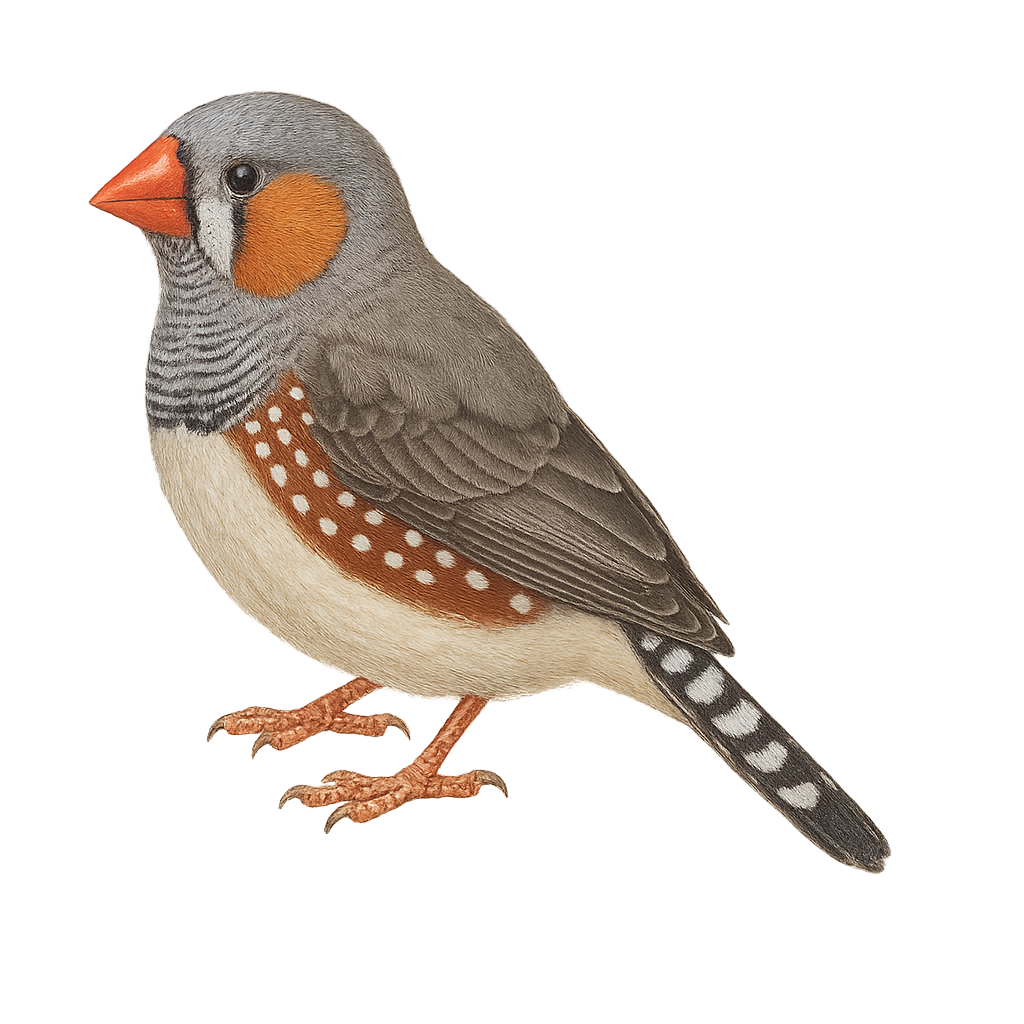Your wildlife photography guide.
Explore the zebra finch in detail, study its behavior, prepare your shots.
Where to observe and photograph the zebra finch in the wild
Learn where and when to spot the zebra finch in the wild, how to identify the species based on distinctive features, and what natural environments it inhabits. The WildlifePhotographer app offers tailored photography tips that reflect the zebra finch’s behavior, helping you capture better wildlife images. Explore the full species profile for key information including description, habitat, active periods, and approach techniques.
Zebra Finch
Scientific name: Taeniopygia guttata

IUCN Status: Least Concern
Family: ESTRILDIDAE
Group: Birds
Sensitivity to human approach: Tolerant
Minimum approach distance: 5 m
Courtship display: October to November
Incubation: 12-14 jours
Hatchings: October to December
Habitat:
Savannas, grasslands, farmlands
Activity period :
Primarily active during the day, with peak activity in the morning and late afternoon.
Identification and description:
The Zebra Finch, or Taeniopygia guttata, is a small granivorous bird native to Australia. It is easily recognizable by its pearl gray plumage, bright orange cheeks, and vivid red beak. Males display distinctive patterns on their chest and flanks, while females are more subdued. This passerine measures about 10 to 12 cm in length and weighs between 12 and 15 grams. It is very sociable and lives in groups in the wild, preferring open areas such as savannas, grasslands, and farmlands. The Zebra Finch is also very popular as a pet bird due to its docile nature and ease of breeding.
Recommended lens:
400 mm – adjust based on distance, desired framing (portrait or habitat), and approach conditions.
Photography tips:
To photograph the Zebra Finch, it is advisable to use a 400mm lens or longer to capture detailed images without disturbing the bird. Look for them in open areas such as grasslands or savannas. Be patient and discreet, as although they are tolerant, they may fly away if you approach too abruptly. Take advantage of the golden hours in the morning or afternoon to benefit from soft and flattering light.
From knowledge to field practice
A species profile helps you understand an animal. In the field, the challenge is often different. Remembering your own observations.
The WildlifePhotographer app allows you to:
• record your personal observations
• note locations, dates, and behaviors
• revisit your field references over time
• build a private and long-term field logbook
The app does not provide observation locations.
It helps you organize what you actually observe, with respect for wildlife.

